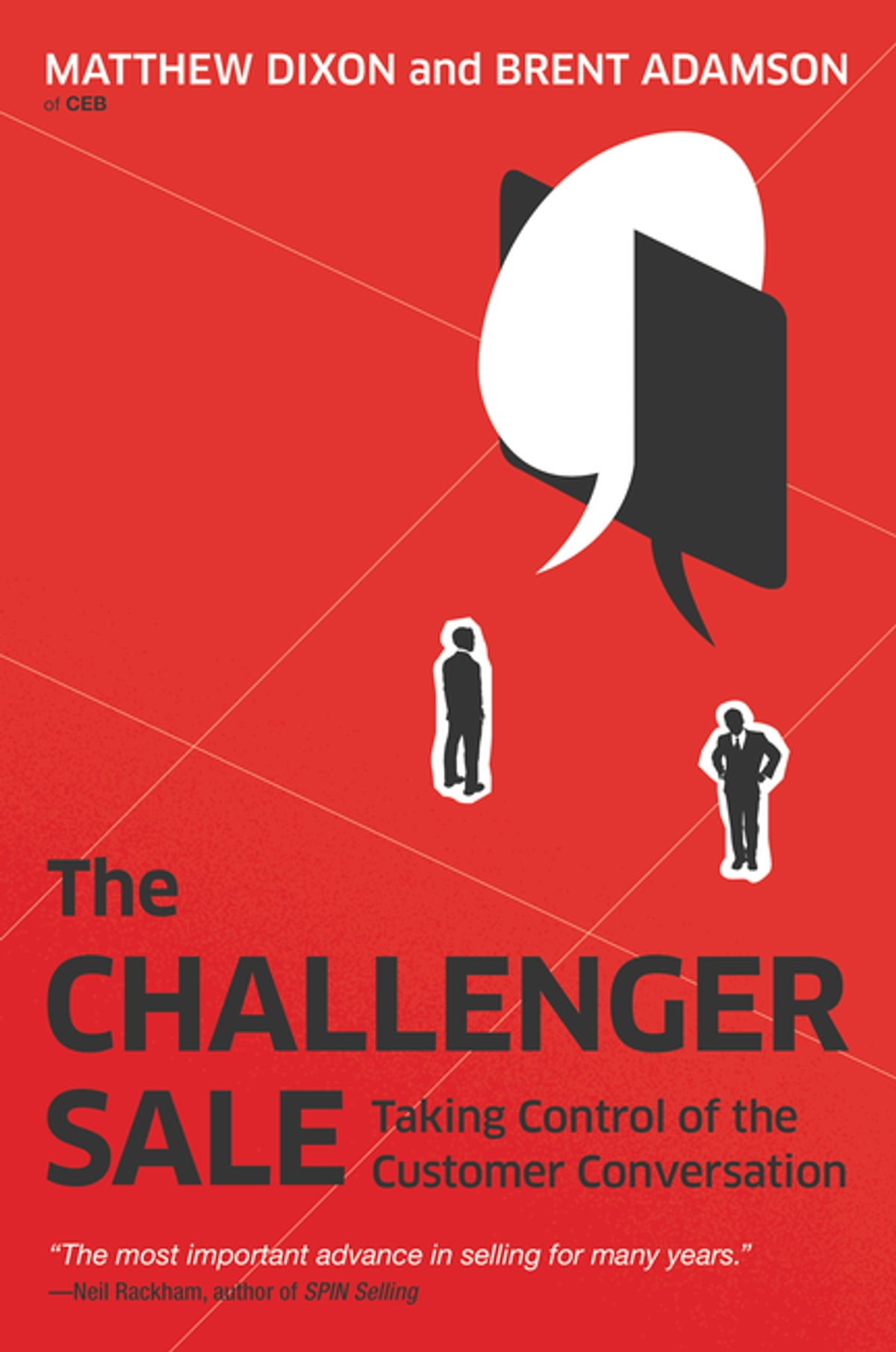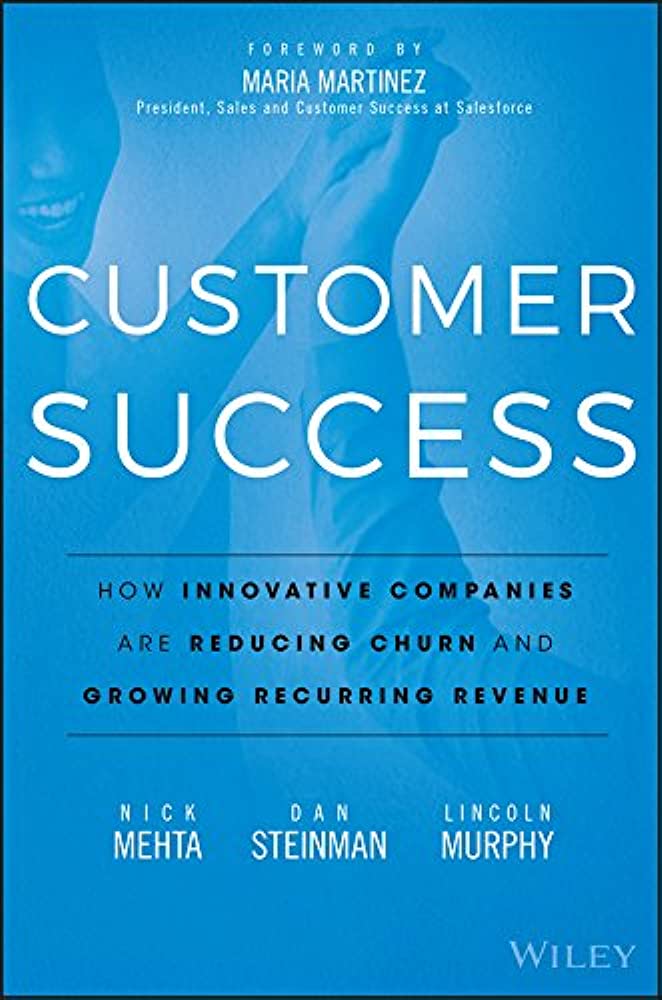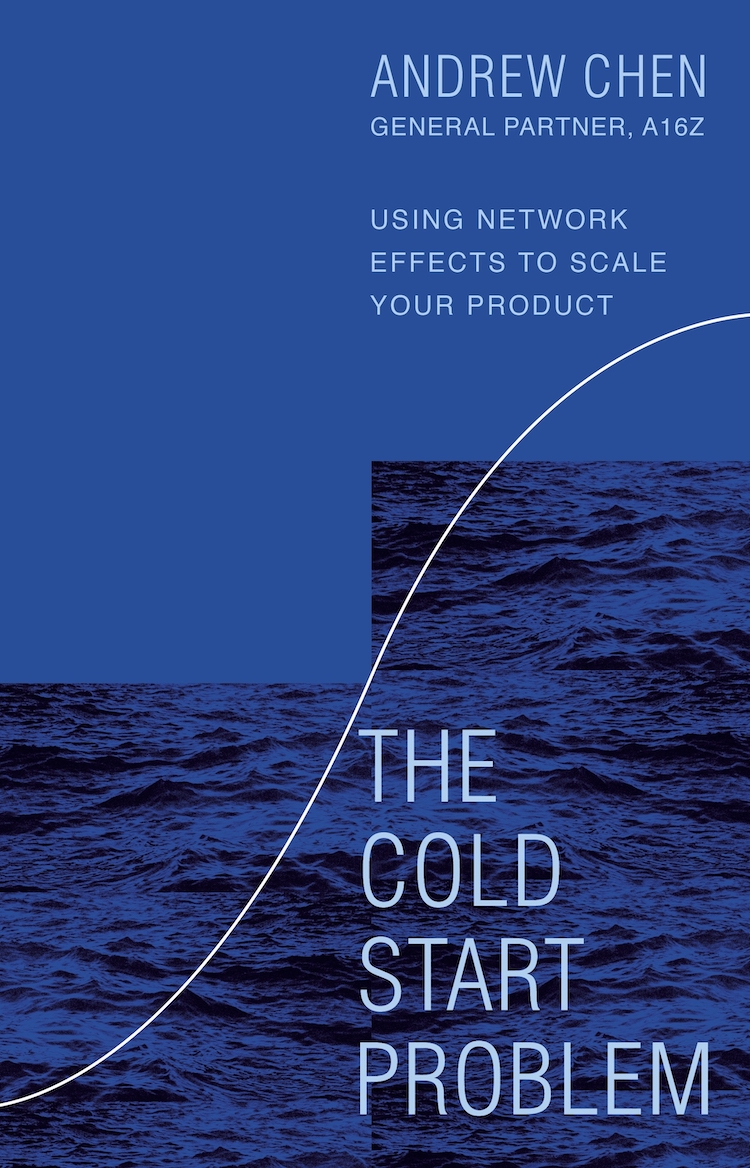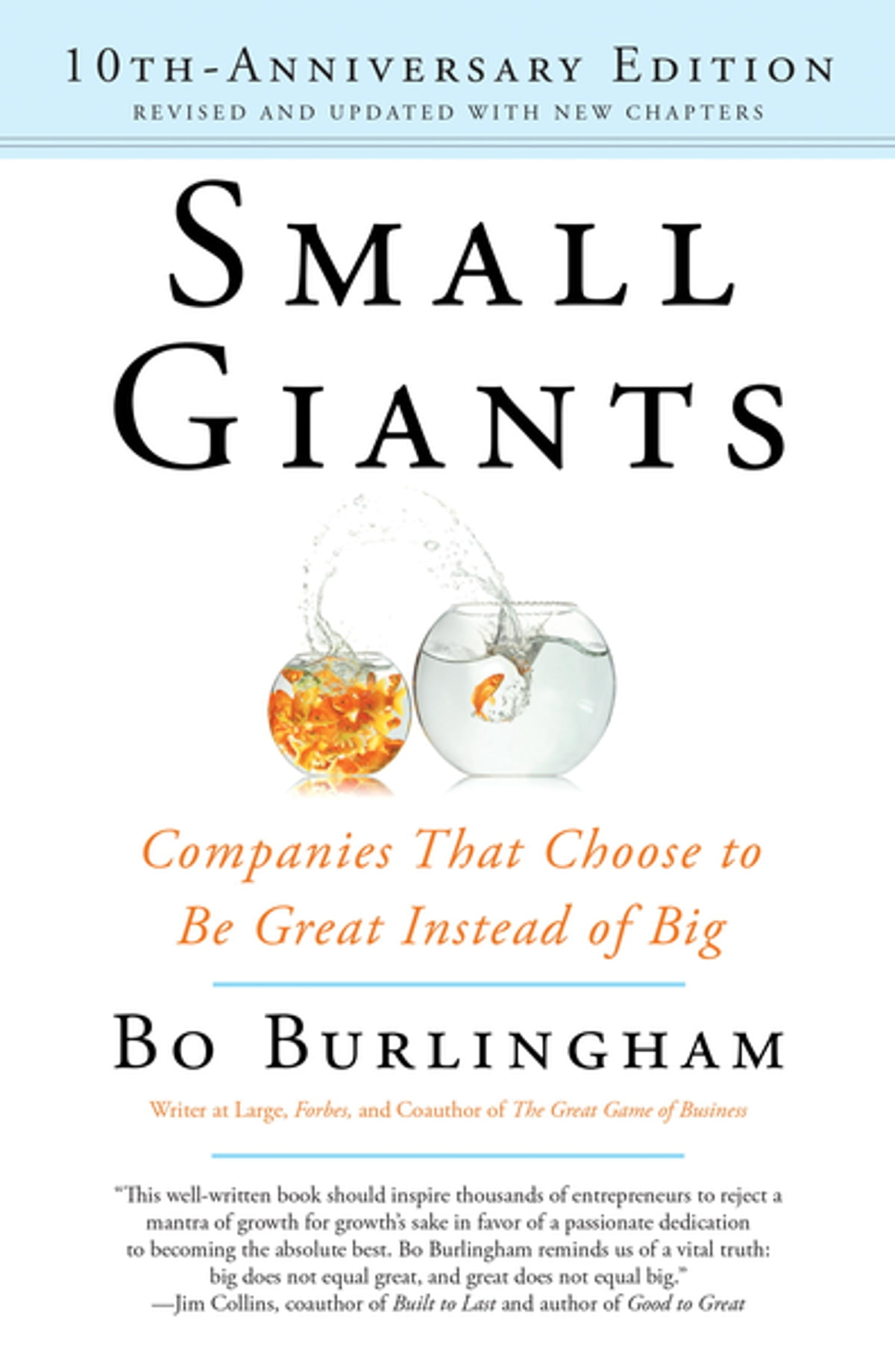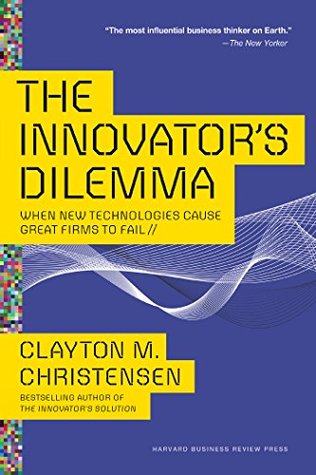Selling The Invisible
by Harry Beckwith
- Business
- Ashto =
- Jonesy =
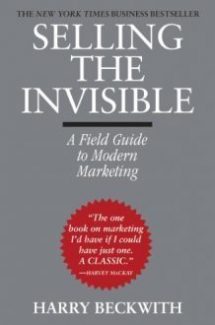
Over 80% of people work in “service” companies. When you buy a product, you can see it, touch it, and depending on the product you can taste/smell/hear it as well. Services, on the other hand, are intangible. There’s no exact clear definition of what you’re getting when you buy a service – you’re just purchasing what you hope the end result will be. Obviously services are different from products, so service marketing must be different from product marketing. But while more than 4 out of 5 people work in service companies, only 1 out of 5 business school case studies focus on services. We’re all being taught how to market products, but we’re never taught how to market services, even though that will be what the majority of people do.
Furthermore, even if you’re selling a product, the world is shifting to think about the services that come along with that product – the customer service you get at the fashion store from the knowledgeable worker that is up to date with the current trends, the friendly conversation you get when you buy a beer at the pub or a coffee at the cafe, and the ongoing service and maintenance arrangement you get when you buy a new car. So while more than 80% of people are working in service companies, even the other 20% who work in product companies still need an understanding of service marketing.
Some ways that services differ from products
- Services rarely come with a standard price tag. When you walk into a store and look at buying a new jacket, you can clearly see the price tag. But when you go to get your taxes done, or you hire a consultant to implement a new employee incentive program, you don’t know how much it’s going to cost you. Often the service provider has go ‘go away and work up an estimate’, and you as the customer are holding your breath in hope that it will fit in your budget.
- When you buy a service, you’re buying something that doesn’t exist. When you walk into the salon and buy a ‘haircut’, you’re not receiving something tangible, all you’re getting is the end result. Before you get the service your hair is a mess, then hopefully after the service you’re starting to look pretty sharp.
- It’s hard to know when a service doesn’t work. For products you can easily tell when something goes wrong. The stereo conks out, the clutch stops clutching, or the milk tastes like vomit. But for a service, it’s hard to tell when it fails, at least while it’s in progress. Is the advice you receive worth the money you paid for it? Did the painter do a good enough paint job to increase the value of your property? Did the consultant drive enough growth through their consulting, or could they have done more? A product can have a guarantee or a warranty because you know exactly what it’s supposed to do. If it doesn’t do as promised, you get your money back. But a service is far more subjective and therefore a lot harder to guarantee.
- You don’t take failed products personally. They’re usually manufactured on the other side of the world and go through a long supply chain before it gets to you. It passes through many hands, so if it doesn’t work, there’s no one obvious to blame. They are mass produced, so you might have just got a dodgy batch. But with services, you’re often working directly with the service provider. You know who they are, you met with them, vetted them, and chose them over their competitors. Because you have a much closer relationship with the service provider than the product manufacturer, you take it far more personally if they don’t deliver on their promises.
Marketers in this new economy must all think like service marketers – the 80% that work in services, AND the 20% that work in products that are shifting towards a service offering. As a service marketer (doctor, architect, dry cleaner, accounting firm, broker, tradesman, engineer, marketing agency) – you face prospects almost shaking with worry, they’re sensitive to any mistake you might make. Your marketing must START with this understanding – a clear understanding of the worried souls you’re going to be dealing with every single day. We need to learn to focus less on “features and benefits” and more on the power of perceptions and the relationships we build with our clients and prospects. Learning about the realities and irrationalities of how people think and act, focus on the important of the “tiny things”, the importance of “being heard and the growing difficulty of being understood. “Perhaps more than anything else, these marketers recognise that in our increasingly complex world, nothing works more powerfully than simplicity”.
The new marketing is more than a way of doing, it is a way of thinking. It begins with an understanding of the distinctive characteristics of services (invisibility and intangibility), and the unique nature of service prospects (fear, limited time, illogical ways of making decisions, most important drives and needs).
Service First, Marketing Second
The Greatest Misconception About Marketing
In free-association tests, most people will equate “marketing” with “selling” and “advertising” – pushing the goods. In this popular view, marketing means taking what you have and shoving it down people’s throats. “We need better marketing” invariably means “we need to get our name out there” which means – ads and publicity.
Unfortunately this focus on everything OUTSIDE the company removes focus from what’s happening INSIDE.
THE FIRST RULE OF SERVICE MARKETING = “THE CORE OF SERVICE MARKETING IS THE SERVICE ITSELF”
This is not to say that if you create the world’s best service people will be banging down your door. There are many “better services” that are floundering in obscurity. This is just to say that simply “getting the word out” is not enough – you need to focus on improving your service to make it as good as possible BEFORE you try to get the world out. A “better” service makes everything better – marketing becomes easier, cheaper and more profitable.
The first step in service marketing is improving your service. “First, before you write an ad, rent a list, dash off a press release – FIX YOUR SERVICE”.
What Are You Really Selling
People in the fast-food business used to think they were selling food. Then McDonalds came along and figured out that people weren’t buying hamburgers… People were buying an experience. Burger King believed that it was all about the quality of the product, so they focused all of their efforts and their budgets pushing this message: “We’re flame broiled, not fried”. But McDonalds won. The burgers obviously need to be at a good-enough standard, but people were coming for the whole production of it. If you’ve seen The Founder, about Ray Kroc, you would’ve seen McDonalds in the early days. They were FAST – they had the system down pat. You could get your burger, our shake, your fries – in a minute or two, and it was fresh and warm – they had the perfect production line and put on the best show. Burger King might’ve have a better burger, but McDonald’s dominated the burger business.
Maybe you think your prospects in your industry are looking for hamburgers (metaphorically of course). Chances are that they want something else. The first company to figure that out wins. Find out what your clients are REALLY buying.
What Most Experts Don’t Know
Most companies in expert services (lawyers, accountants, doctors) think that their clients are buying expertise. But most prospects for these complex services cannot evaluate the quality of the expertise. How can you tell a good lawyer from a bad one? How can you tell a good medical diagnosis from a wrong one?
Because the buyer isn’t an expert and can’t identify the quality of the service, prospects look for proxies instead. Most people can’t tell if an accountant could’ve squeezed an extra hundred bucks out of a tax return or not… but they CAN feel if the relationships are good and the phone calls and emails are responded to in a timely manner. Clients are experts at knowing if the feel valued. In most professional services, you are not really selling expertise. Your ability to do the job is assumed – so you are really selling a RELATIONSHIP. For most service businesses and “experts”, you don’t need to get better at your craft, you need to get better at your relationships. If you’re selling a service, you’re selling a relationship.
Perceptions
You Have Nothing To Fear But Your Client’s Fear Itself
Buying a service is a scary thing. As we explained, you really don’t know what you’re going to get until it’s done. So to the prospect looking to buy your service, you are a risk.
At the point where you’ve explained your service, outlined the costs and benefits, set the expectations and deadlines for deliverables, you only have one job left: reduce perceived risk. You might think that in order to close the sale you need to push a little bit harder to get them over the line. But really, it’s all about making them feel more comfortable. The safest thing they can do is do nothing – if they do nothing, they know exactly what will happen. If they buy from you, things could potentially get worse. So it’s your job to establish trust and show them that you will deliver on your promises.
There are a few ways you can do this. You could offer a short “trial” or “test” arrangement. This doesn’t mean doing work for free, but simply scaling down the offering. Rather than signing them on to a 24 month contract, start with a one month trial. Or rather than running their big Christmas campaign, their biggest of the year, start with a smaller campaign earlier in the year to prove your results. These are just a couple of ideas, but you need to think of ways in which you can prove your worth and show your prospect that you’re not a risk.
Who Are You Really Competing With?
You might think you’re competing with all of the other service providers in your area that offer a similar comparable service. But in many cases, this is not true. You’re really competing with YOUR CUSTOMER. Say you are a lawn mower. When you’re pitching your service, by the time you’re standing in front of a potential customer, you’re no longer competing with all of the other lawn mowers in your area. You’re actually competing with the prospect. The prospect could choose to buy your service. But they could just as easily choose to do it themselves. Or they could choose to do nothing at all and let their grass keep growing wild for another few months.
So your job as a service marketer isn’t to prove that you’re better than the other options in the market. Your job is to CREATE the market itself. You’re not showing how great your service is compared to everyone else, you need to show your prospects that they need this service in the first place.
Say PM, Deliver AM (The Anchoring Effect)
Tell your client that they’ll have the report by 2pm Tuesday. Then send it to them at 11am. Set realistic expectations, then beat them. If you think about it the other way – if you say 9am but sent it at 11am, the client will be pissed off. Just by setting expectations and setting an “anchor”, you can drastically change how a client perceives your service.
Positioning
You must position your service in your prospect’s mind. It means picking ONE position. But of course, the uncomfortable thing is that by picking one position, you’re sacrificing every other possible position you could take instead.
Think of Domino’s pizza. For years they never mention any of the things you would usually think people associated with their pizza. They never mentioned their quality, price or value. The only thing they focused on was speed: “30 minutes or it’s on us”. They owned this distinctive advantage of speed in the pizza delivery business. That means whenever you want a pizza fast, Domino’s is the only thing that pops into your head.
This idea is terrifying to service marketers. What terrifies them is the idea of sacrifice. Marketers want to be all things to all people so that they can sell anything to anyone. But if you try to be everything to everyone, you end up being nothing to no one. It’s scary to sacrifice and focus in on one position, but it’s the only thing that allows you to market yourself properly.
Pricing
Timberland was struggling in the 1980s. They had a line of good boat shoes that were priced slightly below the industry leader – Topsider. You would think that an almost identical product at a cheaper price should’ve meant that they would be winning, but they weren’t. Timberland needed to do something to try to save themselves from ruin. They did something counterintuitive. They put their prices UP. Now they were priced much higher than Topsider. And their sales BOOMED!
You might think that pricing is a simple and logical part of the process, but this story shows it is anything but. Don’t assume that logical pricing is smart pricing. Maybe your low price, that you think makes you look like good value, actually makes you look second rate.
The Resistance Principle
A little resistance to your pricing is a good thing. If almost no one complains about your pricing, then it’s too low. If almost everyone complains, then its too high. A good amount of price complaints is probably 15-20%. Firstly because there is always going to be 10% of people who complain anyway, no matter what it is. So you need to have slightly more complaints than this. That means you want about 5-10% of genuine customers who are a little hesitant about the price. It means you’re sufficiently high, but not too high that you’re scaring everyone away. “Setting your price is like a screw – a little resistance is a good thing”.
Avoid The Deadly Middle
When you’re just starting out, there’s an easy way to set your price. You do your market research, find who is charging the most, find who is charging the least, then plonk yourself somewhere in the middle. This is an easy way to do it. But it’s also a stupid way to do it. The middle is the death zone. For the people who want the cheapest, you’re too expensive. For the people willing to pay top dollar for the best, you’re not good enough. Are you cheaper than the best because you’re not as good? If you don;t value your own service, neither will they. So really, you’re not appealing to anyone.
You want to either be the cheapest, or the best. But if you choose to be the cheapest, it won’t be long until someone else comes along who is just a little cheaper than you. Then all of a sudden, you lose your customers to this competitor. You could try to go into war by constantly undercutting each other. But the problem with the race to the bottom is that you might win. Or worse, you may lose. Better to shoot for the best.
A Pricing Lesson From Picasso
A woman strolling along the streets of Paris spotted Picasso in a cafe practicing some sketches. The presumptuous woman walked up and asked him if he would sketch her, then charge accordingly and she’d pay him for the sketch. Two minutes later, he’d finished and there was an original Picasso in her hands. She asked how much she owed him for the sketch. “$5,000” he responded. “$5 grand??? But it only took you two minutes to draw like that???”. “No, ” Picasso said, “it took me all my life”.
You should be charging by how long it takes you to render the service, but how long it took you to get this good. Charge by experience, not by hours. Charge by the output, not by the hours. Don’t charge for what you do, charge for knowing what to do and how to do it.
The Picasso of Carpentry
What is a service worth? What is expertise worth? What is talent worth? Some lawyers charge a thousand bucks an hour to read legal documents. Consultants, photographers, artists – the value of these services is subjective, so there are no hard and fast rules for pricing.
Here’s another story for you. A bloke had a squeaky floorboard that annoyed him to no end. It had creaked for months. He tried everything in an attempt to silence the floorboard, but nothing worked. He finally got fed up and called a carpenter. The carpenter walked in, crouched down, looked the floor up and down… 30 seconds later, he took out a nail, and banged it in with three quick blows. The creak was gone.
He pulled out his invoicing pad and scribbled the price on the bottom: $50. The homeowner was outraged. “You’ve been here less than a minute! how can you justify that??” The carpenter took the invoice slip back and added two simple line items to it:
- hammering = $2
- knowing where to hammer: $48




